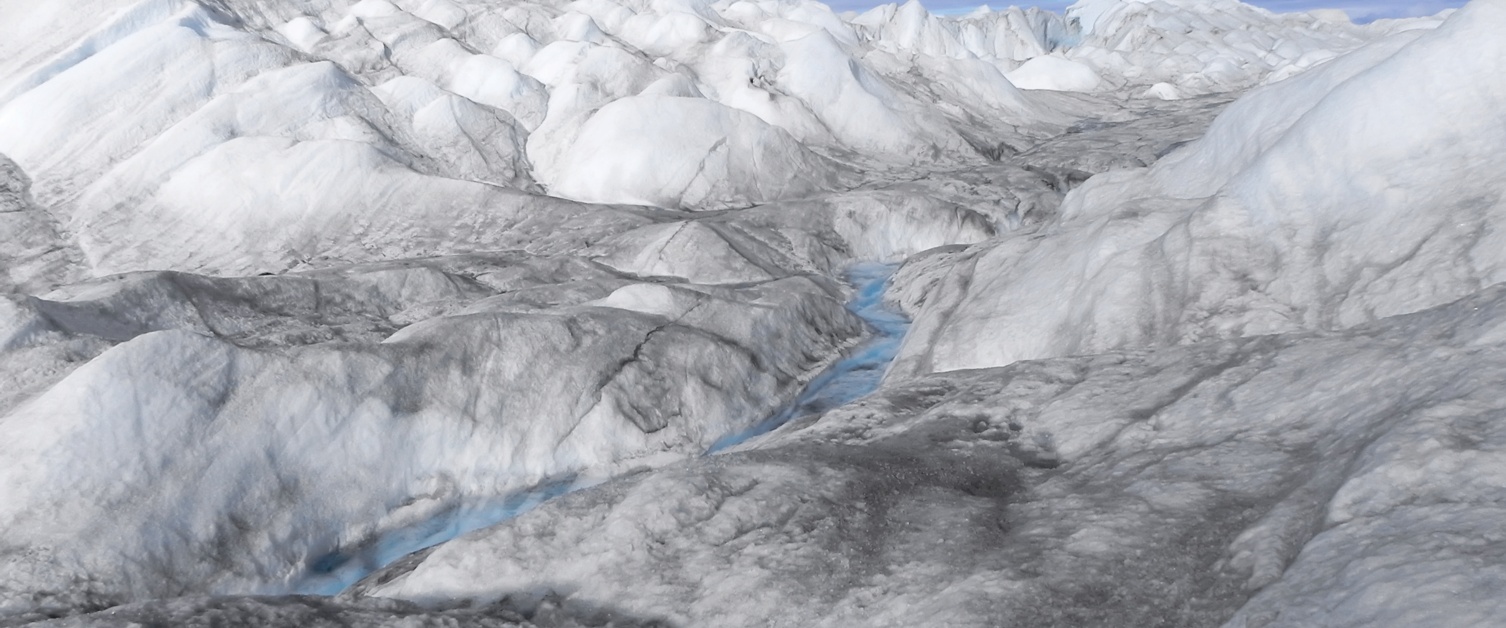A Different Kind of Cold War
- By AMS Staff
- Jan 11, 2024
424,000–374,000 years ago — The period when large parts of Greenland were free of ice and plant life was able to grow, according to a study published in Science. The research evolved from the recent rediscovery of frozen sediment samples collected during a 1960 top secret U.S. Army program called Project Iceworm, which was undertaken to establish nuclear launch sites beneath Greenland’s ice sheet while also exploring the viability of conducting military missions in extremely cold and icy conditions. Partially because of the unforgiving weather conditions, Project Iceworm was abandoned in 1966, but not before sediment samples were collected from the bottom of an ice core more than 4,000 feet long. The samples were recently discovered in a storage freezer and “represent a unique, unspoiled time capsule of past conditions,” notes study coauthor Tammy Rittenour of Utah State University. Rittenour and colleagues utilized luminescence dating and cosmogenic nuclide data to determine that the sediment was in an ice-free environment during this interglacial period, known as Marine Isotope Stage 11. “We had always assumed the ice sheet has remained about the same for nearly 2.5 million years,” Rittenour notes. “But our investigation indicates it melted enough to allow the growth of moss, shrubs, and buzzing insects…” The research revealed that the melting ice during the interglacial caused at least 5 feet of sea level rise worldwide, with some model scenarios showing levels as much as 20 feet higher than current levels. The ice loss resulted from warmer temperatures driven by what Rittenour calls “moderately elevated levels” of atmospheric carbon dioxide (CO2), and she notes that current CO2 levels are currently about 1.5 times greater than they were at that time. “These once-lost Cold War relics from a top-secret nuclear military base carved within the ice are continuing to tell their secrets and forewarn us of the sensitivity of Earth’s climate,” she says. “If we can lose the far northwest portion of the Greenland ice sheet under natural conditions, then we’re treading dangerous waters given current elevated greenhouse gas conditions.” [Source: Utah State University]
Photo credit: iStock.com/statu-nascendi
